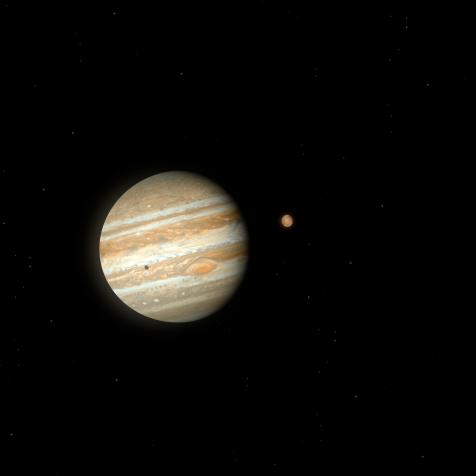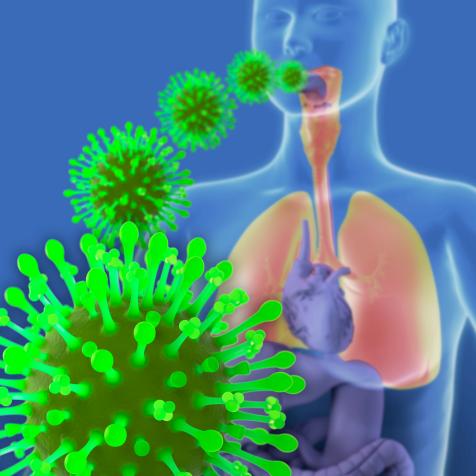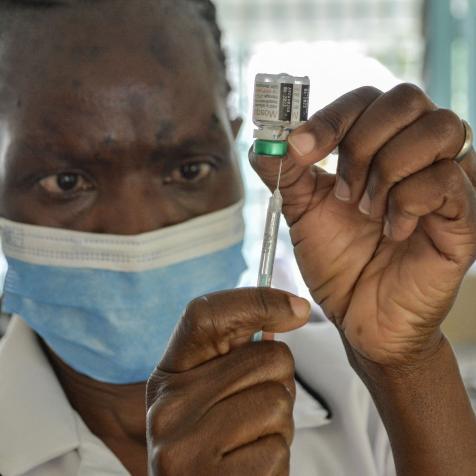
Impossible Foods
How Do They Make Meat-Like Burgers From Plants?
These new plant-based burgers that are scientifically designed to taste better.
It's an all too common scenario for vegetarians: There you are, sadly chewing away at your dry veggie patty while the carnivores around you enjoy their smoky, juicy burgers. Well, take heart: A better burger is here. Meat substitutes are experiencing a boom these days, and that's in part because of a new crop of plant-based foods that are scientifically designed to taste better.

Impossible Foods
Synthesized for Sizzle
One such plant-based food is the Impossible Burger, which can now be found in hundreds of eateries, including, as of April 12, the fast-food chain White Castle.
Chris Davis, the Director of Research and Development at Impossible Foods, explains how a shift in thinking helped Impossible recreate that meaty taste: "a cow is just a technology to transform the proteins, sugars, and fats present in plants from a format that we don't enjoy eating to a format that we do." Once you understand that, he says, you realize what you're actually doing is reverse-engineering a burger.
The first step, then, is to figure out what makes ground beef so delicious. "It's the flavor, the aroma, the texture of meat," Davis explains, "but also there's a lot of theater ... the way it smokes and sizzles ... by the time it reaches your plate, you're fully primed and ready for meat."
Davis says the researchers took all of those beef features and built a "database ... of performance curves." They then went about scanning through different available plant-based proteins to determine which would work best. One that didn't work so well, at least in terms of taste, was soy. Impossible chose textured wheat and potato protein instead since that gives the burger a more realistic texture. "People notice when they've been slipped a falsie," says Davis.
Next, Impossible's researchers drilled down to isolate the exact ingredient that gives beef its flavor. It's something called heme, an iron-rich molecule that's abundant in muscle, which just so happens to make up most of a burger's meat. So the researchers engineered yeast to mimic a plant-based heme source, as well as the flavor profile of beef "to generate the same flavor chemistry," Davis explains.
And then, of course, there's the fat. Fat provides the sizzle and the taste, he says. The Impossible Burger's fattiness comes from coconut oil.
The other plant-based burger making waves these days is the Beyond Burger. Beyond's burgers are made primarily with pea protein, as well as canola and coconut oils for fat. Unlike the Impossible Burger, they're sold in the meat section of grocery stores. Beyond even uses beet juice to approximate the bloodiness of beef.
Tastes Like Chicken
But these burgers are just the tip of the science-made-meat iceberg. A number of technology companies are working on new animal-product alternatives. Kate Krueger, Ph.D., is a cell biologist who worked at Perfect Day, a company aiming to create "animal-free" dairy products like milk and yogurt. Krueger explains how it works: "[T]hey're taking the genetic information encoded in the genome of the cow ... and then they're inserting that into yeast." And it tastes just like milk, she says. "Ideally, in terms of the protein composition, this milk would be almost exactly the same as what would come out of a cow."
Krueger is now the Research Director for New Harvest, a nonprofit whose founders were part of Perfect Day, as well as a company called Clara Foods that's working on hen-free eggs. New Harvest now exclusively funds university researchers working in something called cellular agriculture, the process of using a "cell culture to make food products like meat, egg, fish, and milk ... instead of using the whole animal." Some of their current projects include making cultured meat and devising how to engineer apple cellulose to form the cell structure of a steak. Ground beef is one thing, but steaks are particularly challenging, explains Krueger, because you've got to make something that has "cells growing on top of other cells in various thick slices."
In the labs at Impossible, they're constantly working on how to create new foods too, like plant-based chicken and fish — or even the elusive bacon. But Davis has other Impossible dreams: "My end goal is when I can make a great sashimi, then I'll feel like I know what I'm doing."
This article first appeared on Curiosity.com.


















